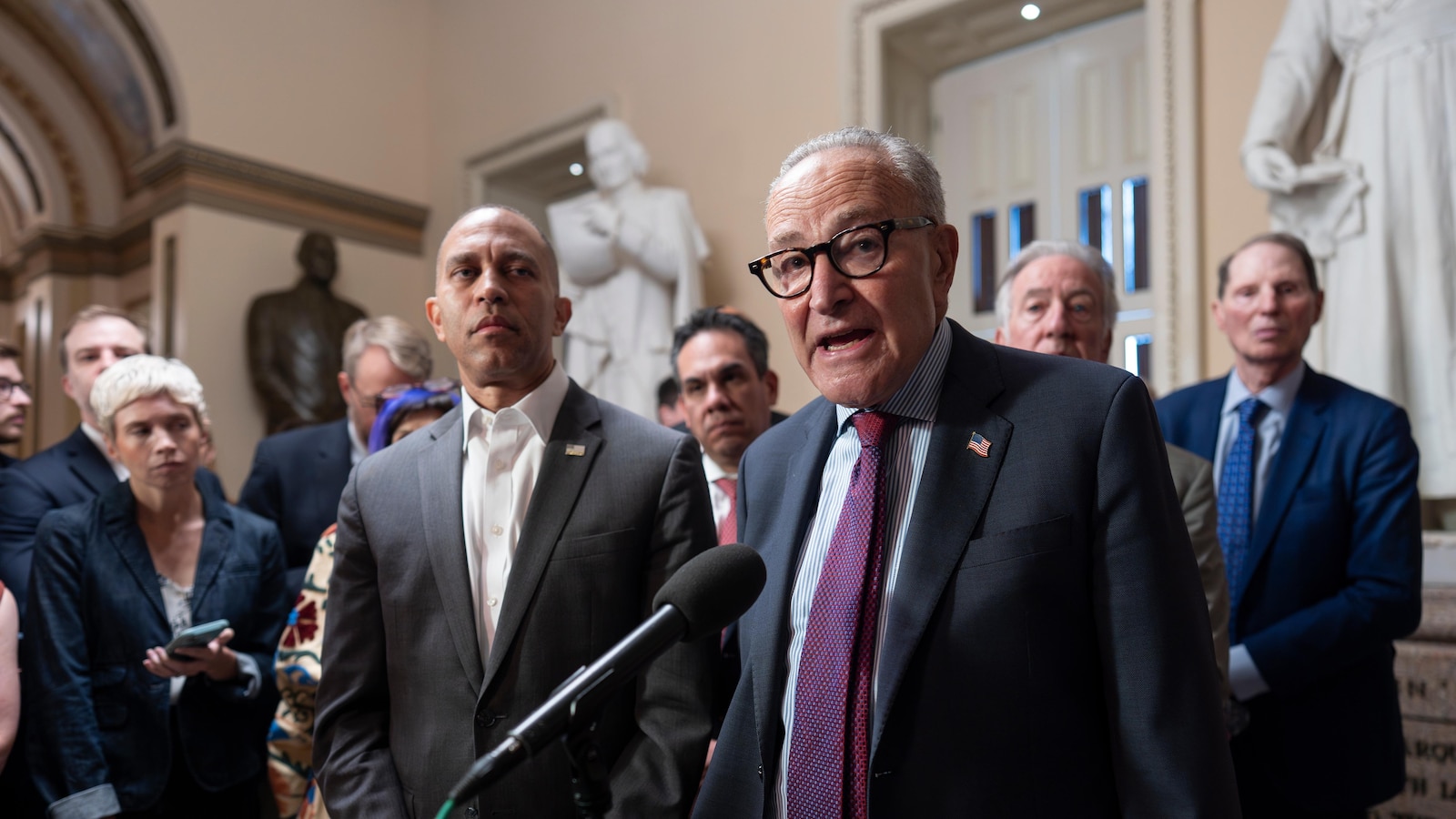A look at previous government shutdowns and how they ended

WASHINGTON -- Party leaders in Congress have long criticized government shutdowns as toxic and destructive.“Always a bad idea,” former Senate Majority Leader Mitch McConnell, R-Ky., said of shutdowns in 2024.
A potential “disaster,” Democratic Leader Chuck Schumer of New York said of the shutdown the country narrowly avoided when he voted with Republicans to keep the government open in March.“I don’t think shutdowns benefit anybody, least of all the American people,” Senate Majority Leader John Thune, R-S.D., said last week.Yet Congress often finds itself at the brink of one as the two major political parties’ differences grow more intractable with each passing year.
Democrats are threatening to vote against keeping the government open on Oct.1.Schumer and House Democratic leader Hakeem Jeffries, D-N.Y., say they won’t budge unless Republicans immediately extend health care subsidies that expire at the end of the year, among other demands.
Republicans say they don’t want to add any complicated policy to their “clean” stopgap bill to keep the government open for the next seven weeks.Time and time again, lawmakers hold out until just before the deadline and negotiate a last-minute compromise.
But this time Democrats see some potential political advantages to a shutdown with their base voters spoiling for a fight.History shows the tactic almost never works, and federal employees are caught in the middle.
The White House has already laid out a plan to potentially lay off hundreds, if not thousands, of federal employees — a significant escalation from previous shutdowns in which federal workers were temporarily furloughed and given back pay when the standoff ended.A look at some previous shutdowns and how they ended: Two years into his first term, President Donald Trump led the country into its longest shutdown ever with demands that Congress give him money for a U.S.-Mexico border wall.
Similar to Republican leaders today, then-House Spea...


